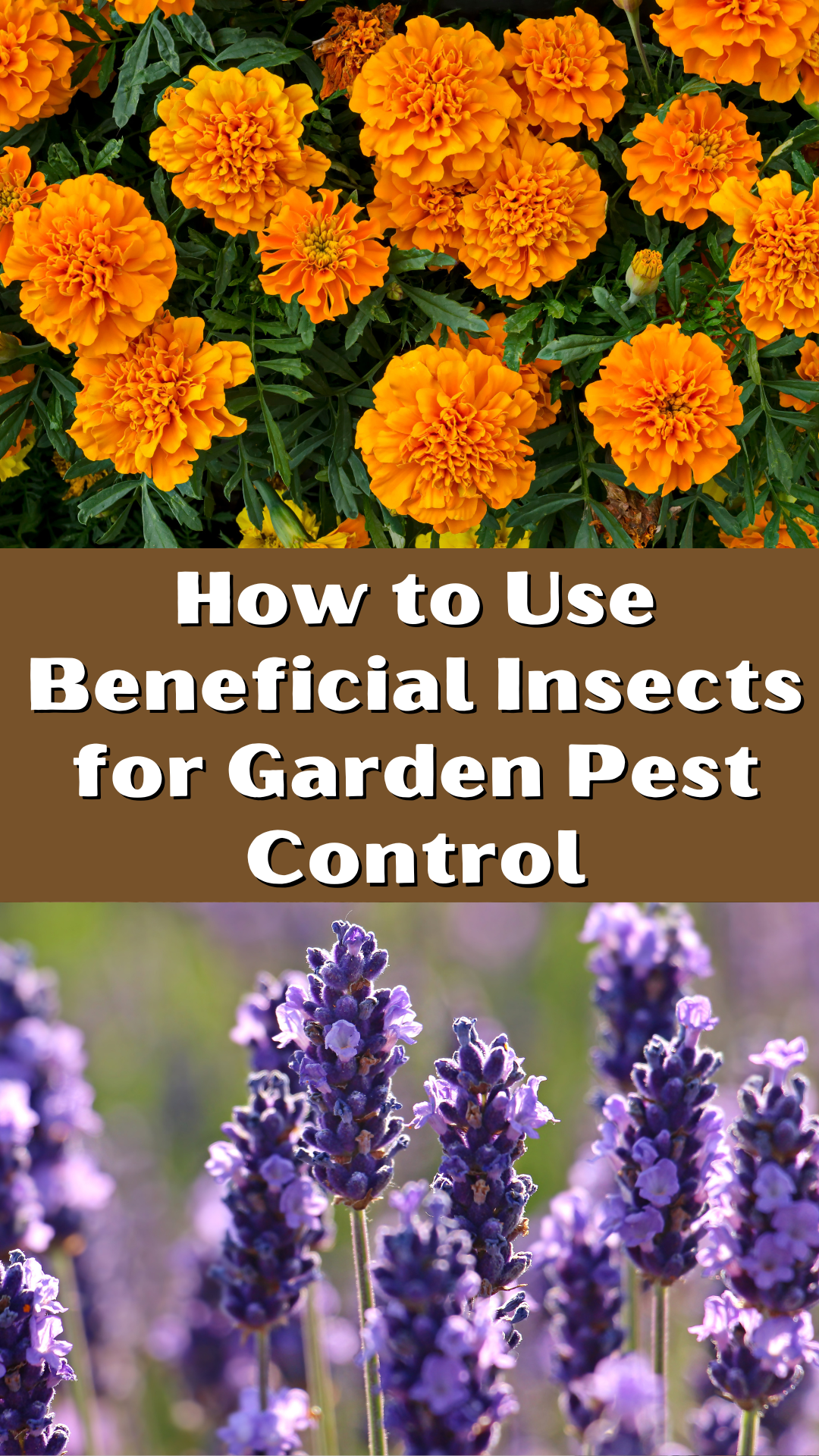This Southern Girl Can
|
Home
About Contact |
This Southern Girl Can is a participant in the Amazon Services LLC Associates Program, an affiliate advertising program designed to provide a means for sites to earn advertising fees by advertising and linking to Amazon.com.
|
